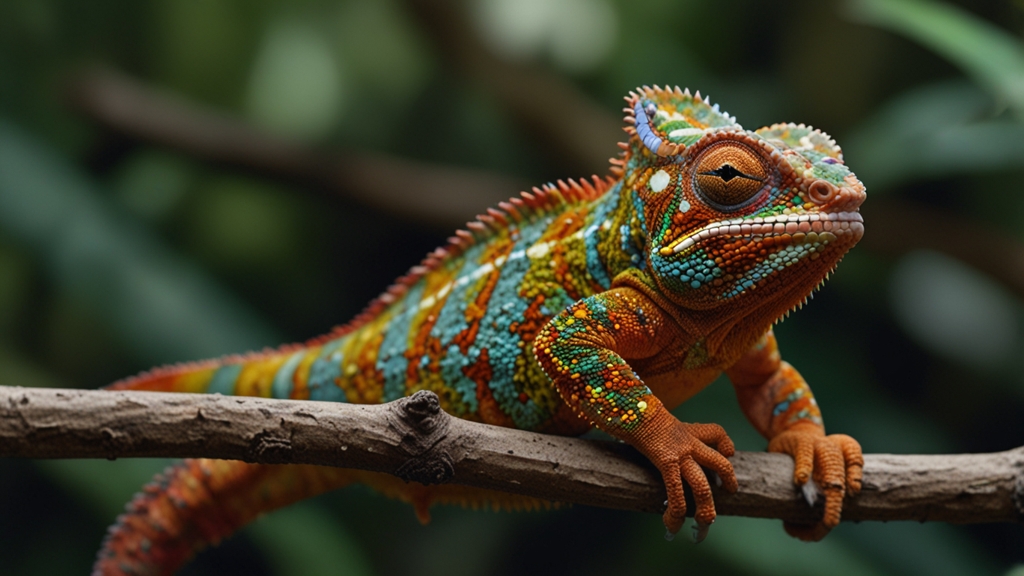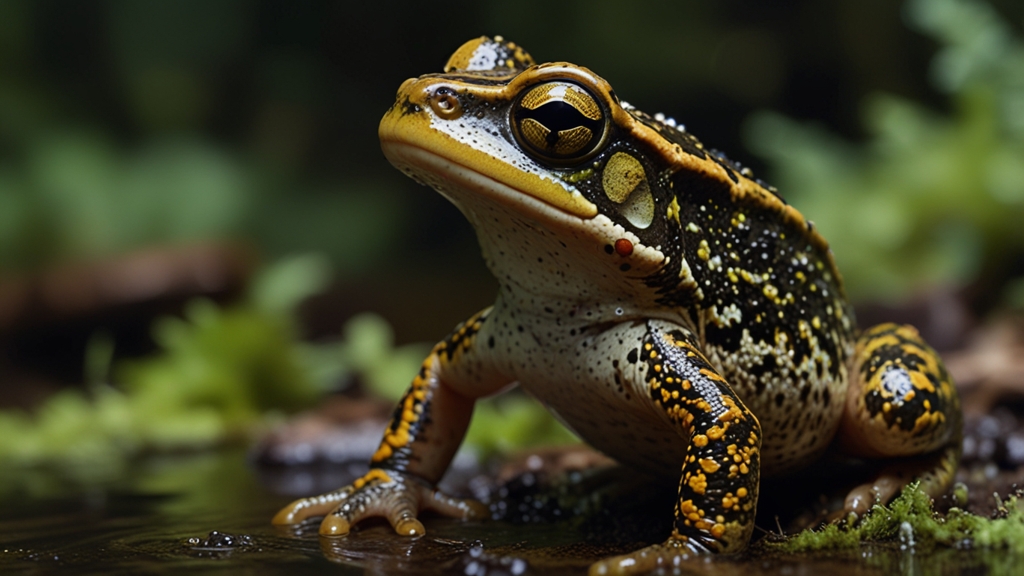Chameleons and Their Colorful Secrets: Mastering Camouflage
Chameleons have long fascinated scientists and nature enthusiasts alike with their unique ability to change color. This skill is not just a marvel of nature but a sophisticated trait that serves multiple purposes, from predator evasion to communication. By exploring the mechanisms and purposes of this remarkable ability, we can gain a deeper understanding of chameleons and their colorful secrets.
Mechanisms Behind Color Change
A common misconception is that chameleons change color to blend in with their surroundings. While this is partially true, the actual mechanism is more complex and revolves around specialized cells called chromatophores. These cells contain different pigments and are located in layers beneath the chameleon's transparent skin.
There are three primary layers of chromatophores:
- Xanthophores and Erythrophores: These contain yellow and red pigments, respectively.
- Iridophores: These contain guanine crystals, which reflect light and create blue or white colors when observed.
- Melanophores: Located in the deepest layer, these contain melanin, the pigment responsible for darker shades like brown and black.
By expanding or contracting these pigment cells, chameleons can produce a wide range of colors and patterns. Neural and hormonal signals play a significant role in regulating these changes, triggered by various factors such as temperature, light, and the chameleon's mood.
Camouflage: Survival in the Wild
One of the most well-known uses of chameleonic color change is camouflage. In the wild, staying hidden from predators is a life-and-death matter. Through rapid adjustments in their skin color and pattern, chameleons can blend seamlessly into their immediate environment, making them almost invisible to both predators and prey.
The level of camouflage can vary depending on the species and their habitats. For example, the Namaqua Chameleon from the Namib Desert primarily changes between shades of brown and grey to match the arid landscape. Conversely, the Panther Chameleon from Madagascar can exhibit a dazzling array of colors, useful not just for camouflage but for other functions as well.
Communication: A Spectrum of Interactions
Color change in chameleons is not just about hiding; it's a vital tool for communication. A chameleon's color palette can convey various social signals, particularly during mating season and territorial disputes. Vibrant, bold colors may signal a male's dominance and health to potential mates or rivals.
During encounters with other chameleons, an individual might display specific patterns or colors to assert dominance or submission. For instance, males often exhibit bright, contrasting colors to ward off rivals or attract females. Conversely, females might adopt more subdued shades to signal non-receptiveness to potential suitors.
"Color change in chameleons is an evolutionary marvel, serving functions far beyond simple camouflage. It’s a sophisticated system of nonverbal communication intricately linked to their survival and social interactions." - Dr. Jane Williamson, Herpetologist
Environmental Indicators: Health and Well-being
Changes in a chameleon’s color can also indicate its health and well-being. Stress, illness, or malnutrition can cause atypical color patterns. Monitoring these changes allows pet owners and researchers to assess the animal's condition and make necessary adjustments to its habitat and diet.
Temperature and light conditions also have significant effects on color change. Chameleons often bask in sunlight to warm up, and their coloration can change to darker hues to absorb more heat. Conversely, they might exhibit lighter shades to reflect sunlight and avoid overheating.
Conclusion
Chameleons are masters of color manipulation, using their skills for survival, communication, and environmental adaptation. Their ability to change color is not just a simple trick but a complex interaction of biology and behavior, shaped by millions of years of evolution. By understanding the colorful secrets of chameleons, we gain insight into the intricate balance of life and adaptation in the natural world.









